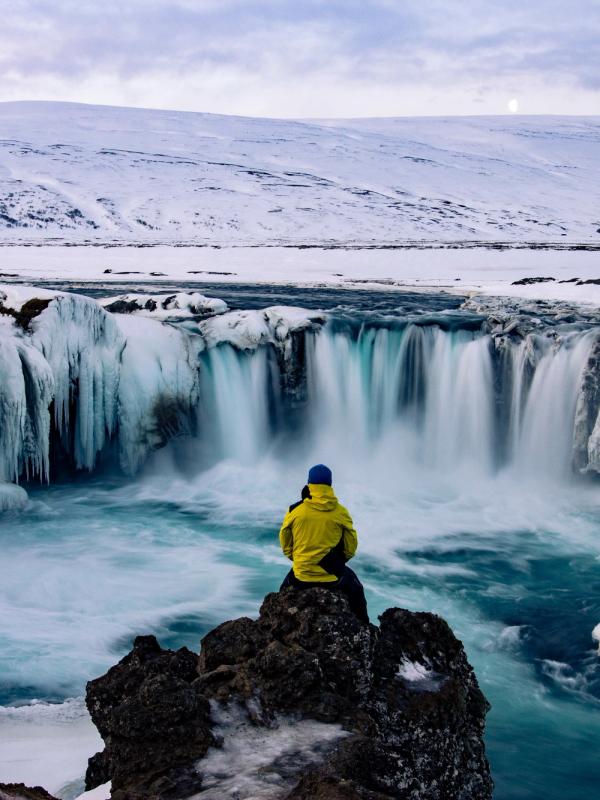
Weather in Iceland in December: What You Need to Know for 2025
Iceland in December is totally different from any other time of year. The darkness brings amazing Northern Lights shows, ice changes familiar places, and winter creates adventures you can't get in summer.
This guide will help you get ready for Iceland's December weather and find the cool winter activities this island has to offer.
Key Things to Know
- Temps run between -3°C and +4°C (27-39°F), feels colder with wind
- Days are short with just 4-5 hours of light
- Rain, snow, or sleet happen a lot with the weather changing fast
- Always check road and weather reports before driving
- Pack waterproof layers, good boots, and stuff for icy ground
- December opens up special things like ice caves and holiday events
Overview of the Weather in Iceland in December
December brings full winter to Iceland. The island sits near the Arctic Circle, so the weather is both tough and rewarding.
The Gulf Stream keeps the coastal areas warmer than you'd think, but December still means cold temperatures, short days, and storms coming through regularly.
What makes Iceland's winter weather special is how fast it changes. Clear skies, perfect for Northern Lights, can turn to swirling snow in a matter of hours. This changing weather creates a winter you won't find anywhere else.
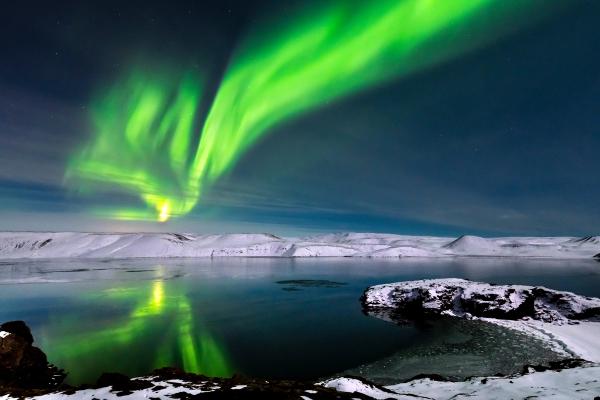
Temperatures in December
Temperatures change a lot depending on where you go. In Reykjavík and along the southwest coast, daily temperatures range from 0°C to 3°C (32-37°F), with highs around 4°C (39°F) and lows down to -2°C (28°F).
Northern areas like Akureyri get colder, averaging around -1°C (30°F) with lows often hitting -4°C (25°F) or below. The Highlands and the interior are much colder, rarely getting above freezing.
Wind makes a big difference. Even light winds make temperatures feel much colder than what the thermometer says. A 3°C day with wind can feel like -5°C on your skin.
Temperatures get colder as December goes on. Early December might have milder days, while Christmas time usually brings more steady cold and frost.
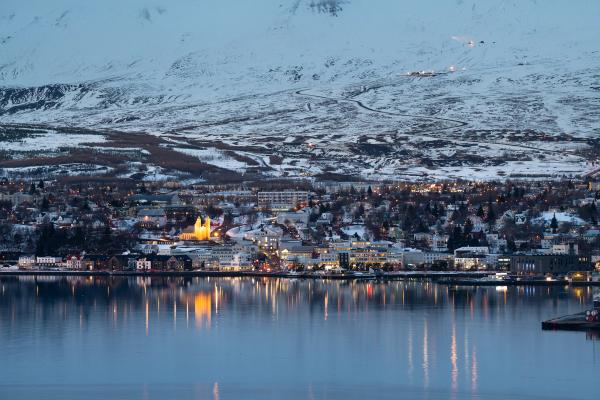
Rain & Snow in December
December is wet in Iceland. You'll get rain, snow, or sleet depending on how cold it is and where you are. Reykjavík usually gets around 95-100mm (3.7-4 inches) of wet elements over about 15-19 days of the month.
Here's what to expect:
- Southern and southwestern coasts (including Reykjavík): More rain and sleet, though snow happens
- Northern Iceland: More snow with less rain
- Highlands and interior: Almost all snow, often piling up big time
Snow builds up throughout December, from around 15cm (6 inches) early in the month to 24cm (9 inches) by the end in many spots. The north often sees up to 18 snowy days.
One tricky thing about December weather is freeze-thaw cycles, especially near the coast. This creates icy patches as snow melts during warmer times, then refreezes when temperatures drop.
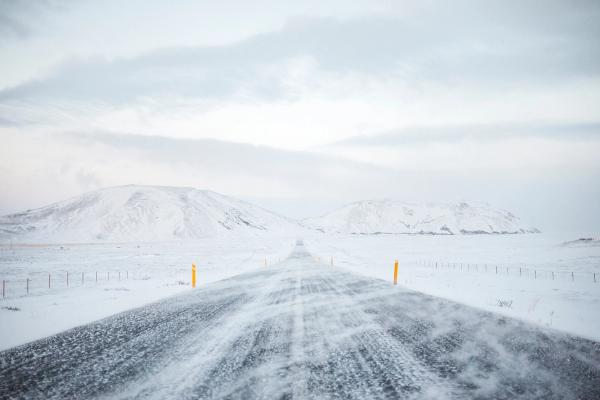
Daylight Hours and Northern Lights
December brings Iceland's darkest days, with daylight getting shorter as the month goes on. In early December, Reykjavík has about 5 hours of daylight. By December 21 (winter solstice), this drops to just over 4 hours, with sunrise around 11:20 AM and sunset by 3:30 PM.
Northern Iceland gets even less light: Akureyri has only about 3 hours of sunlight on the solstice.
The short daylight means:
- You need to plan outdoor activities carefully within the short light window
- The long darkness is perfect for seeing Northern Lights
December gives you good chances to see the Aurora when the skies are clear. The best viewing usually happens away from city lights between 9 PM and 1 AM. While clouds happen a lot (about 73% of the time), the early darkness gives you more hours to possibly spot the lights.
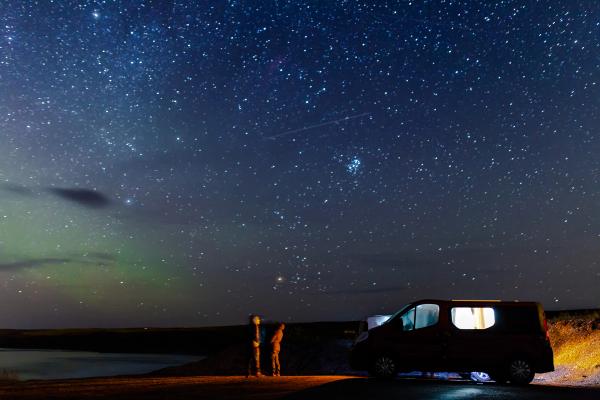
Weather by Region in December
Different parts of Iceland experience winter in their own way. Knowing these patterns helps you plan your trip better.
Reykjavík and Southwest Iceland
The capital region has milder winter weather thanks to the ocean. Temps usually range from 0°C to 4°C (32-39°F). Rain comes often, usually as rain or wet snow that may not stick for long. Wind can pick up during storms, making it feel much colder than the thermometer says.
The southwest usually has more clouds than the north, which can limit Northern Lights viewing but also keeps temp swings from getting too crazy.
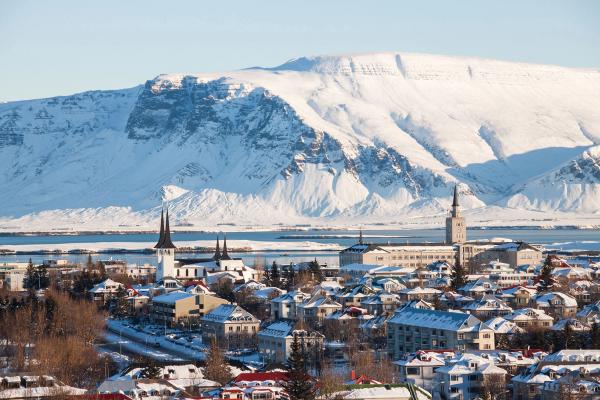
North Iceland and Akureyri
Northern Iceland gets colder, drier, and more stable winter weather than the south. Akureyri temperatures hover around -1°C (30°F), with lows commonly reaching -4°C (25°F) or below.
The north often gets clearer skies, creating better chances to see the Aurora, but also letting nighttime temperatures drop further. Snow builds up and stays on the ground, creating picture-perfect winter landscapes.
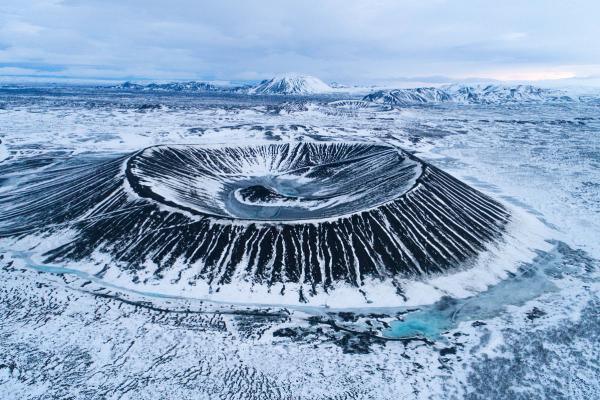
South Coast and Jökulsárlón Glacier Lagoon
The South Coast faces directly into the North Atlantic, making it prone to strong winds and mixed rain/snow. Temperatures usually range between 0°C and 3°C (32-37°F).
Weather can shift quickly here, with storms bringing heavy rain that often changes to snow as the temperatures fall. The area around Jökulsárlón tends to be colder due to the nearby glaciers, with stunning ice formations along the coast.
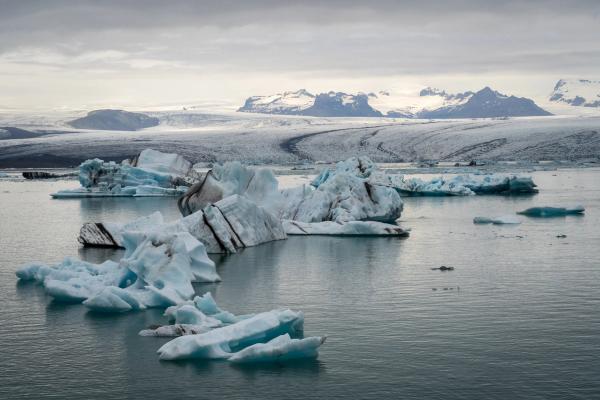
East Iceland
Eastern regions experience cold, relatively dry conditions similar to those in the north, with average temperatures around 0-2°C (32-36°F). Occasional easterly winds can bring heavy snowfall.
The fjords in this region create interesting small climate zones, with some areas more sheltered from storms than others.
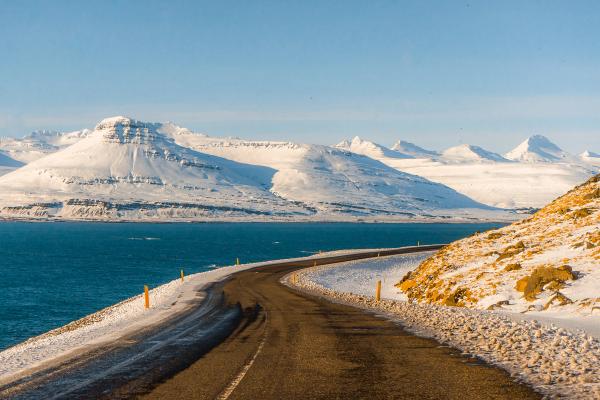
Icelandic Highlands and Ring Road Conditions
The Highlands are closed in December, with F-roads (mountain roads) officially shut. Temps regularly drop below -5°C (23°F) with lots of snow piling up.
The Ring Road remains open but can have temporary closures during storms. Northern and eastern sections usually have more snow cover and ice than southern portions, so renting a 4x4 campervan is always a smart choice.
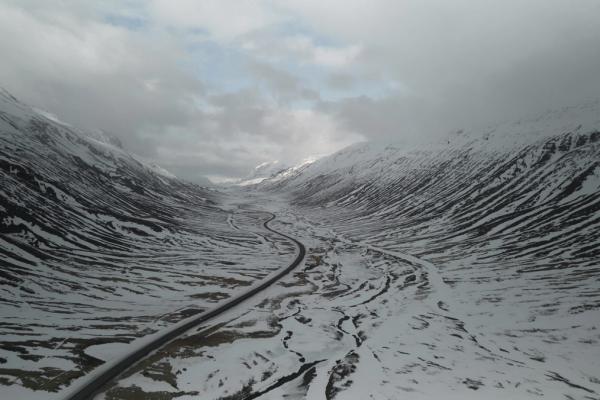
Recap of the Weather in December 2024
December 2024 was colder than average across Iceland. Reykjavík recorded an average temp of -0.6°C (1.4°C below the 1991-2020 average) while Akureyri saw -2.3°C (1.6°C below average).
The month had some big temperatures swings, including an unusually warm 17.6°C in Siglufjörður on December 8, and a bitter -28.6°C in Svartárkot on December 31.
Rain patterns varied by region. Southern and western Iceland got above or near-average amounts, while the north and east were drier than normal. Reykjavík got 89.3mm (95% of normal), while Akureyri saw just 28.4mm (40% of normal).
Snow stayed on the ground longer than usual, with Reykjavík having 15 fully snow-covered days (three more than average) and Akureyri recording 19 days (one more than average).
The Christmas period brought particularly stormy conditions with strong winds messing up transportation across the country.
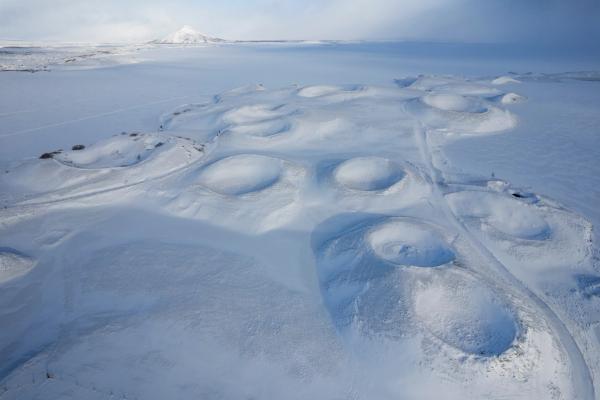
What to Pack for Iceland in December
The right gear turns a potentially tough trip into an amazing winter adventure. Iceland's December weather needs proper prep, and packing the right stuff is essential.
Clothing Layers
Success in Iceland's winter comes down to layering:
- Base layers: Thermal underwear made of merino wool or synthetic stuff (skip cotton since it traps moisture)
- Mid layers: Fleece or wool sweaters and pants for warmth
- Outer shell: Waterproof and windproof jacket and pants
Quality beats quantity. One good waterproof shell works better than several okay jackets. Your outer layer should be truly waterproof, not just water-resistant, to handle the mix of wet weather you'll get.
Cold Weather Accessories
These small things make a huge difference:
- Warm hat covering ears (wool or synthetic)
- Waterproof gloves or mittens (mittens keep hands warmer)
- Neck gaiter or scarf
- Thermal socks (pack several pairs)
- Hand and toe warmers for really cold days
I always pack two pairs of gloves; thin ones for camera work or phone use, and thick ones for maximum warmth. This is an especially good tip for when you’re trying to photograph Northern Lights with numb fingers.
Footwear
Your shoe choice might be the most important thing you decide:
- Insulated, waterproof boots with good grip
- Microspikes/crampons for icy spots
- Extra pairs of thermal socks
Boots should be tall enough to handle snow and slush puddles.
Other Important Stuff
Don't skip these items:
- Headlamp or flashlight (needed during the long dark hours)
- Sunglasses (for low-angle sun glare off snow)
- Moisturizer and lip balm (cold and wind dry skin quickly)
- Reusable water bottle
- Waterproof phone case
- Portable battery pack (cold drains batteries faster)
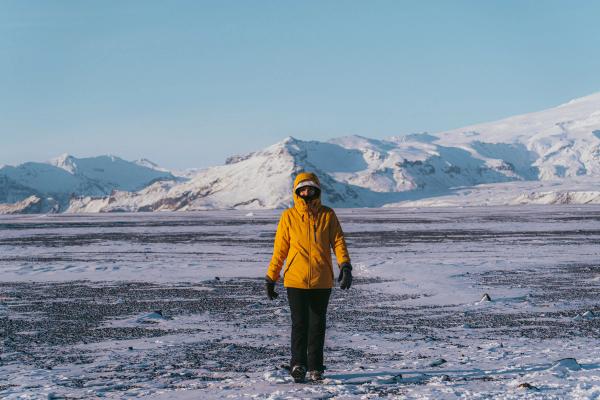
Best Activities for Iceland's December Weather
December's unique conditions create opportunities for experiences you can only get in winter:
- Ice cave tours in Vatnajökull glacier (only stable and accessible in winter)
- Northern Lights hunting (long darkness improves viewing chances)
- Hot spring bathing surrounded by snowy landscapes
- Christmas markets and traditions in Reykjavík
- Winter photography with soft lighting
- Glacier hiking with crampons
- Snowmobiling across white expanses
- Seeing waterfalls partially frozen into ice sculptures
The Blue Lagoon changes completely in winter. The contrast between the steaming blue water and the black rocks covered in snow creates a magical setting that summer visitors never see.
With limited daylight, plan smartly. Start outdoor activities early (around 10 AM) to use available light, leaving indoor activities, hot springs, and Northern Lights hunting for the darker hours.
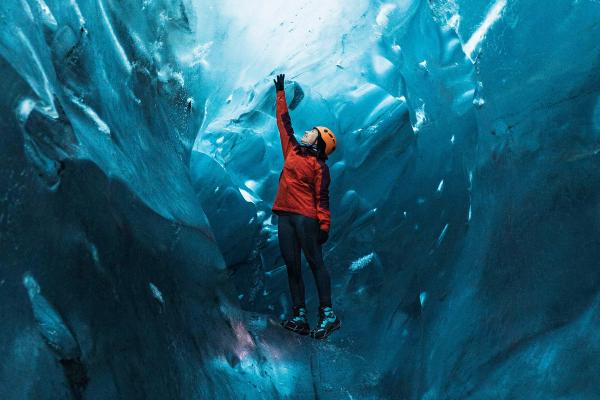
Conclusion
Iceland in December gives you a totally different experience from summer trips. The short days, cold temperatures, and winter weather create challenges that need good prep.
But those who come ready find winter wonders you can't get in other seasons: glowing blue ice caves, Northern Lights across dark skies, and familiar places changed by snow and ice. The holiday mood and fewer tourists make it even better.

